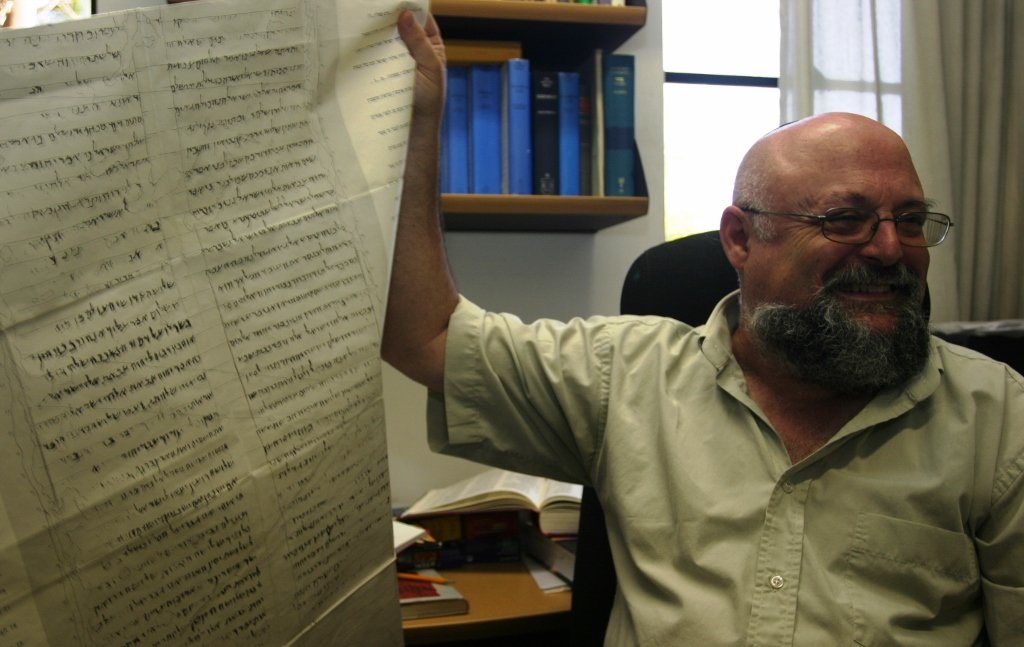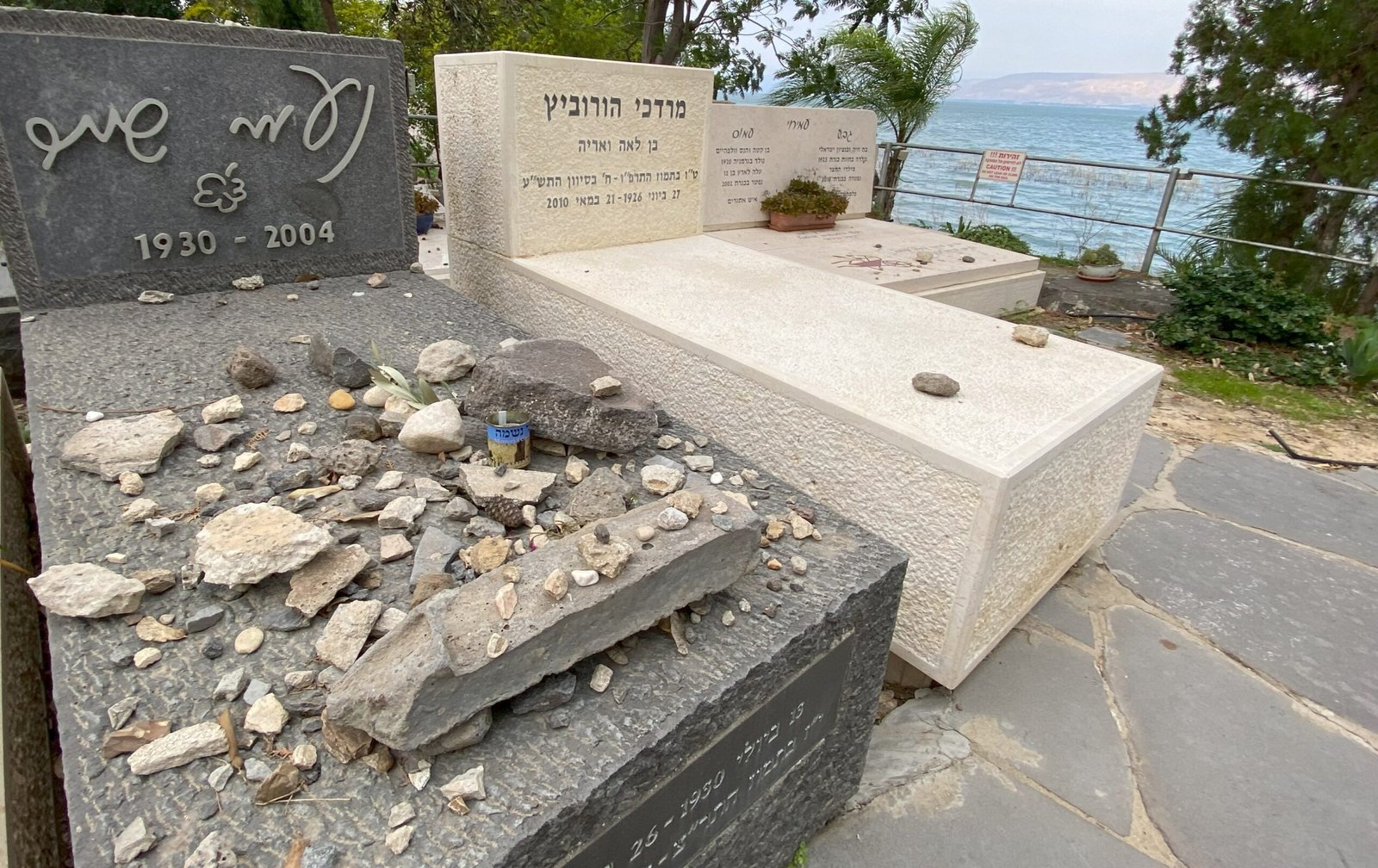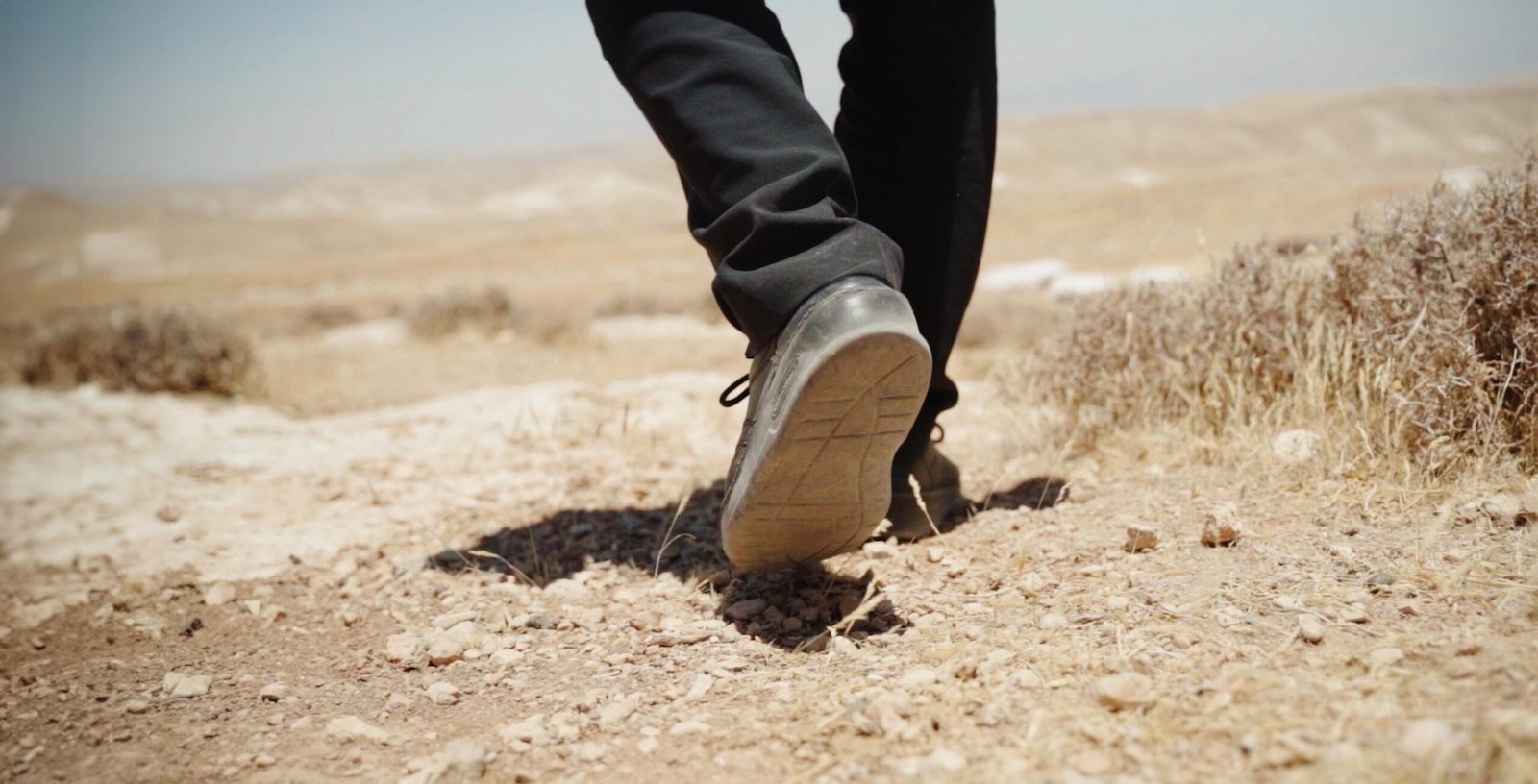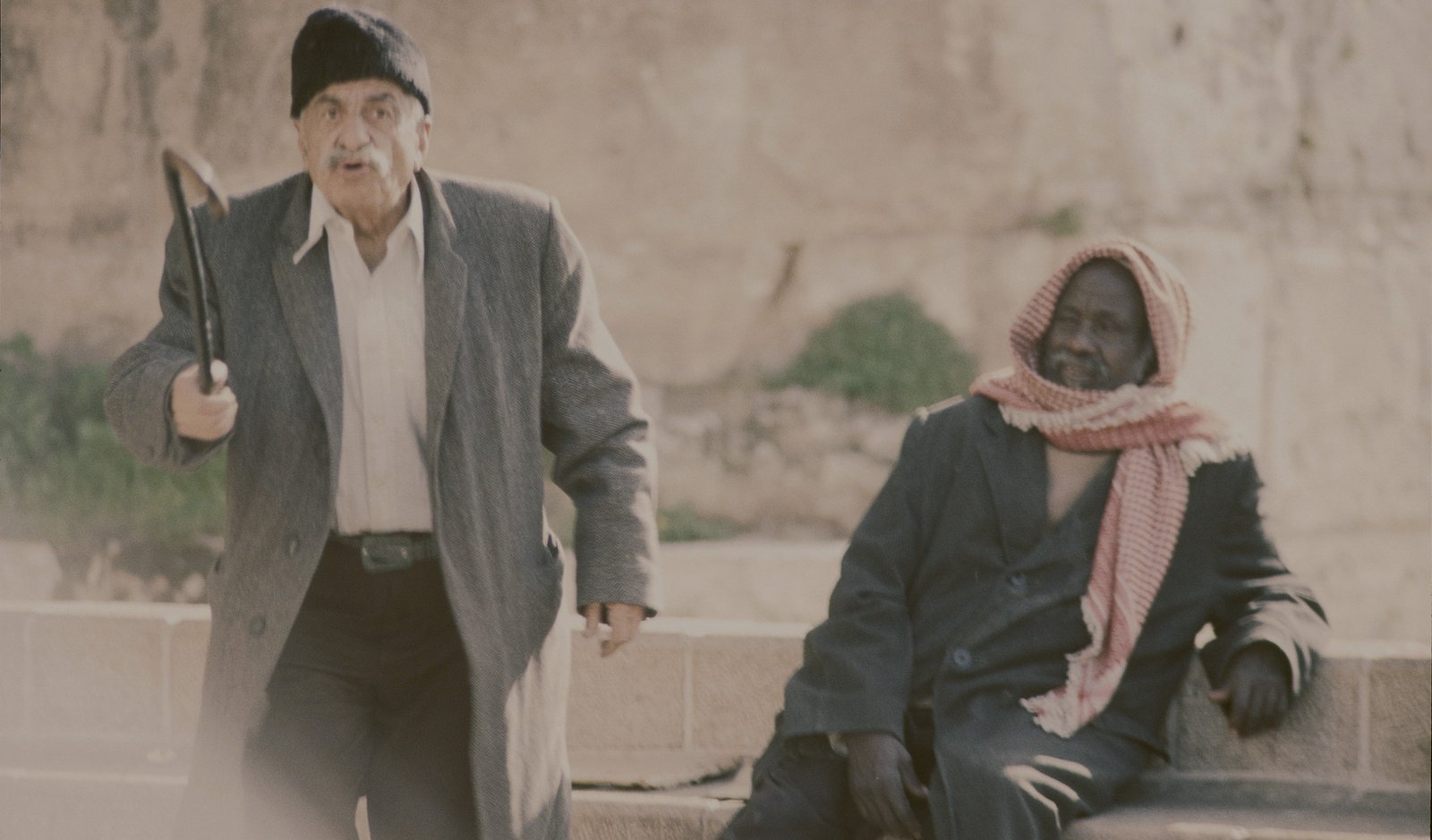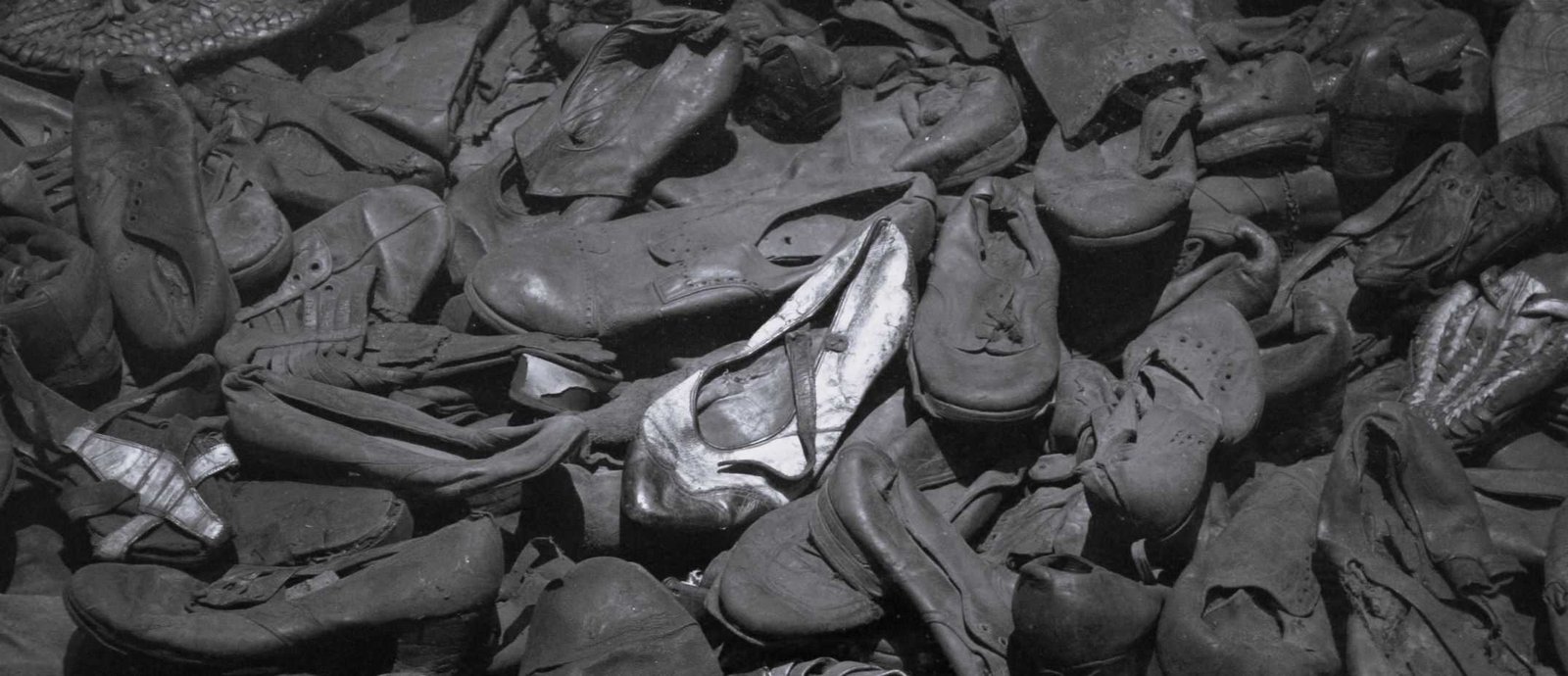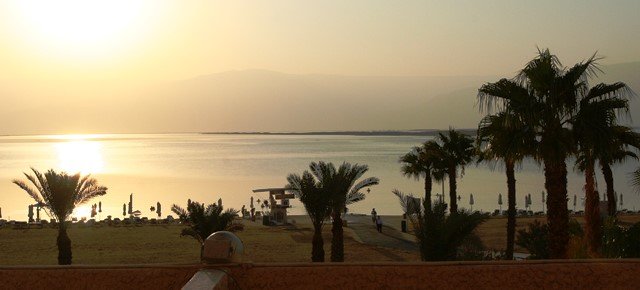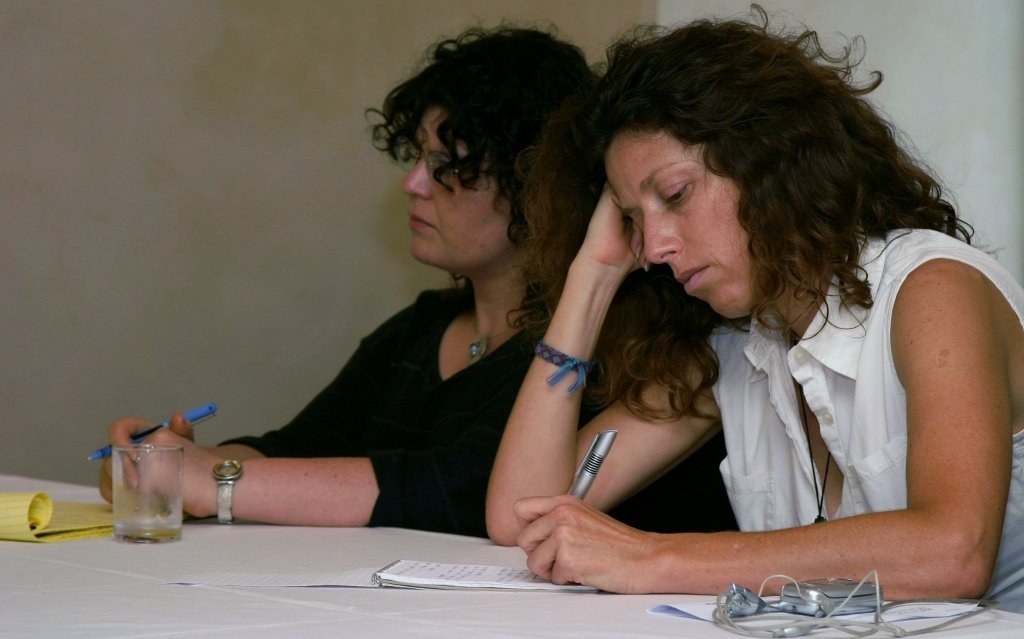Share This Story, Choose Your Platform!
An Old Stone causes a Commotion
It is a stone that disturbs the peace in the summer heat of Jerusalem, as it rekindles that old Judaeo-Christian discussion of the Messiah. The stone was found – as the dust particles that remain hanging on the chunk of rock testify – on the eastern shoreline of the Dead Sea, in the area facing the legendary rock fortress Massada. There lies a Jordanian village called Masraa. Evidence has shown that Jews lived there at the time of the Jewish revolt leader Bar Kochba in the second century AD.
An ancient stone slab
Hebrew characters were laid down in ink upon the stone slab approximately two thousand years ago. Palaeography, the study of ancient writing systems, dates the inscription relatively exactly to about the first century BCE, or the beginning of the first century AD. Two columns of 87 rows are in parts very well preserved. Also, the fact that the inscription was made with ink, and that the letters were not carved in the stone suggests that the origin must be from around the Dead Sea. A similar stone was found in Qumran; and in Zoar on the south end of the Dead Sea, from the 4th and 5th centuries AD, similar inscriptions were preserved, whereas no other ink-inscriptions on stone have been found elsewhere.
In the text, which was made public for the first time in 2007[1], several messianic figures are mentioned. God requests, “my servant David” to summon “Ephraim”, to lift up a “sign”. However, the controversial words leading this discussion read, “After three days you shall live”, or “Live after three days!” – “I, Gabriel command this, to you, the king of kings.” After that follows a Hebrew expression which could be translated as “dung of the crevice” which probably indicates, that this “king of kings” died, but was not buried.
A challenging point of view
Professor Israel Knohl from the Hebrew University in Jerusalem published an English article in April 2008, about the text, that he called “Gabriel’s Vision”.[2] In this, the bible scholar is of the opinion that the ink written stone from the Dead Sea is above all a confirmation for the theses that he already compiled in a book in 2000.[3]
Knohl, born in 1952 in Tel Aviv, was brought up with the Talmud in an orthodox home. During his PhD doctorate work he recalls, “coming across the bible rather by chance”. Something special that he sees in his understanding of the Holy Scriptures came from his acquired “tools” from Talmudic studies, which he has been able to utilize on the bible. From these he gained new insights that turn the many statements of historical critical exegeses upside down.
The Jewish intellectual who sees himself, “committed to the Jewish tradition” prefers not to discuss his personal faith. “My faith and religion don’t play a role here”, he remarked straightforwardly, adjusting his Yarmulke on his shortly cropped hair. “I don’t have an agenda to provoke anybody. I simply research contemporary history of the Holy Scriptures. As an academic I am committed to the truth.”
A son of David and a son of Joseph
Knohl is well versed in the Talmud, and according to Talmudic traditions a Messiah known as the son-of-Joseph should appear before the Messiah son-of-David. Knohl doesn’t think that the Jewish son-of-Joseph tradition originated from Christianity. Rather, he believes the Jews were awaiting the son-of-Joseph Messiah, who would suffer, die and rise after three days, even before Jesus of Nazareth appeared.
In this context Knohl concludes that the “sign” the Ephraim son-of-Joseph, should set up upon the divine command of the archangel Gabriel, is indeed the “sign of salvation and redemption”. He means, the “vision of Gabriel” is connected to the book of Daniel and finally, that already then, Jews around the Dead Sea knew that the death of the Messiah was a necessary part of the salvation process or liberation. Thus, “without the death of the Messiah, salvation cannot come!” And, “the sign is of course the blood of the Messiah!”
Ephraim the Failure
In his cramped, book towering office, in the Hartman Institute in the Greek Quarter of Jerusalem, Professor Kohl warms up for discussion. The two stools for the journalists struggle to find space. He knows that the Jewish people await the son-of-David Messiah, who will gloriously defeat all of their adversaries and therewith set the people free. “However, the son-of-Joseph Messiah is a failure”, states Knohl, “because he had no success.” “A Messiah that fails like that, that cannot even be honourably buried, is a lying messiah! Following the criteria of the Holy Scriptures, he is a false messiah, because the Messiah of the bible must be a hero, who kills all his enemies.”
This traditional Jewish thinking now holds Israel Knohl in confrontation with the book of Daniel: “No, rather the death of the Messiah is the pre-condition for salvation. Salvation cannot come until he is resurrected after three days.”
Jesus expected his suffering
Triumphantly, the Israeli Bible scholar opposes such Christian theologians as William Wrede or Rudolf Bultmann, who calculated Jesus’ clean bill of history, by his suffering, death and resurrection – even when his disciples didn’t want to accept it. Knohl searches a reference for his thesis in connection with Peter’s confessions in Caesarea Philippi, according to the Gospel of Matthew. There Jesus is joyous about Peter’s realisation that, “You are the Messiah, the son of the living God!”, with the words, “Blessed are you, Simon son-of-Jonah; because flesh and blood have not revealed that to you, but my Father in heaven.” But as Jesus straight after that declared that he, “will have to suffer many things, be killed and on the third day raised to life”, Peter rebukes him, “Never, Lord! This shall never happen to you!” – something Jesus intensely rejected as a word from Satan.
Following Knohl’s theory, he is convinced Jesus saw himself as the “son-of-Joseph Messiah”, who through his death brought salvation for his people. “And that’s stated exactly here”, is the view of the Jewish bible scholar who enthusiastically points to the old Hebrew characters in “Gabriel’s Vision”, “when God sees the blood shed by the Messiah, the people will be redeemed!” For, “the sign that Ephraim shall set up is the blood.”
In response to the journalists’ question, “It seems to me, you are convinced that Jesus is the Messiah?!”, Professor Knohl lifted his hands dismissively, “No, no, no – but I am convinced that he was a man, who acted out of a profound faith.”
The question of the authenticity of the stone
Naturally, the question arises of the authenticity of the stone and its inscription, after all in the past few years, several archaeological discoveries with a biblical reference have proved to be ingenious forgeries. It is right to be sceptical, while no one knows the exact place and circumstances of the find. No one can say precisely when and by whom the stone tablet was found.
Before the meter long stone slab, broken in three pieces, landed in the hands of Israeli-Swiss antiquities collector David Jeselsohn, it was passed around for some years on the Jordanian market. Jeselsohn acquired the stone from Yasser Richani, president of the Jordanian antiquities dealership, who died in 2001. Jeselsohn emphasized, that he didn’t know exactly what he had brought home with him, compared to other antiquities, from the duty-free warehouse in Zurich Airport. “I could read it”, declared the doctorate businessman, who has also studied a couple of archaeological semesters, “There it says, Yerushalayim’, Gavriel’, Michael’…That’s interesting. But I couldn’t make head or tail of it. Also Richani didn’t know the importance of the stone.”
Professor Knohl knows, that there are “numerous stories” about Richani. Officially he had a very good relationship with the former Hashemite ruler, Hussein. But the Israeli scholar is sure that it was locals who found the tablet, even though he can’t reveal the sources, “they are trustworthy”. Dr Jeselsohn stresses further, that Yuval Goren from the University of Tel Aviv maintains that “Gabriel’s Vision” is authentic. Goren discerned both the “Jacob Ossuarium” and also the “Joash tablet” as forgeries. Besides that, Israel Knoll refers to the fact that even the writing as well as the language of the text has been independently examined and found to be genuine.
Translation by Rachel Takushi-Walker
[1] Ada Yardeni und Binyamin Elitzur, „Document: A First-Century BCE Prophetic Text Written on a Stone; First Publication,“ Cathedra 123 (2007): 155-166 (in Hebrew).
[2] Israel Knohl, “By Three Days, Live”: Messiahs, Resurrection, and Ascent to Heaven in Hazon Gabriel, Chicago Journals, The Journal of Religion vol. 88 no. 2 (University of Chicago Press, April 2008): 147-158.
[3] The Messiah before Jesus. The Suffering Servant of the Dead Sea Scrolls. Translated by David Maisel. An S. Mark Taper Foundation Book in Jewish Studies. Berkeley: University of California Press, October 2000.


